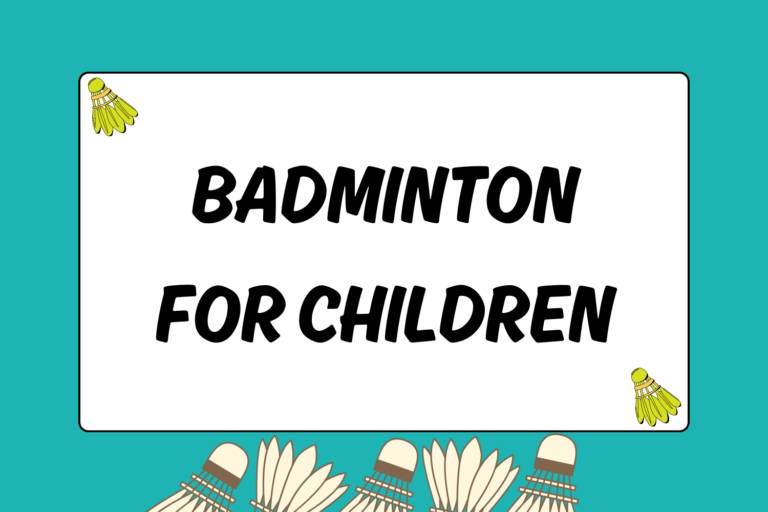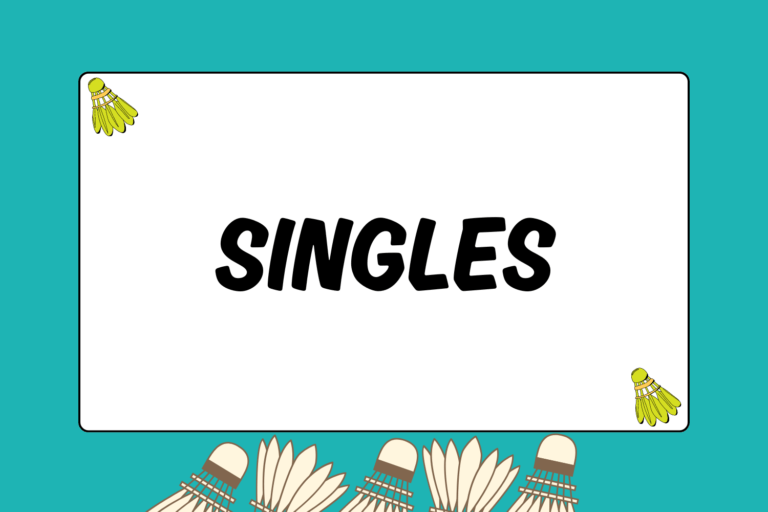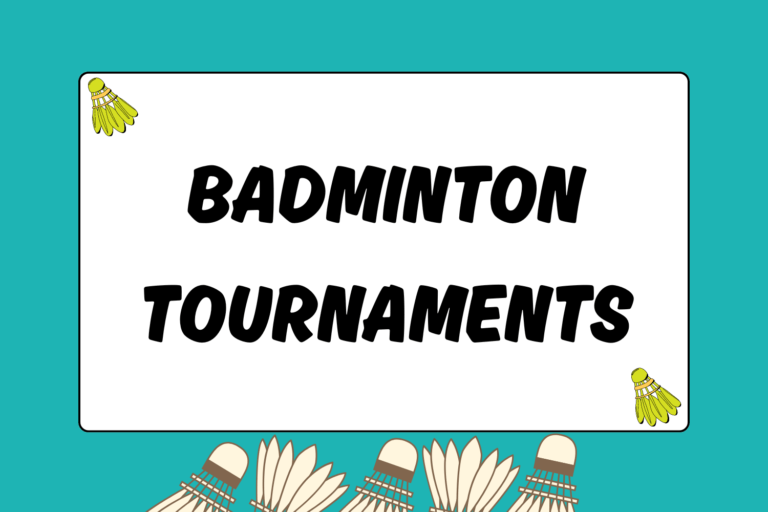When playing badminton specifically to improve your game, you must stay fixed on the future and not the match(es) at hand. While this might seem like an odd concept, it is absolutely essential to take your game to the next level.
This tactic does not immediately translate to winning. Strangely, though, it is very similar to the idea of ‘playing to win.’ The only difference is that improving focuses on your future state of play, whereas winning deals with only the present.
By the end of this guide, you will be armed with the knowledge to help you improve your overall game and steadily surpass your peers.
Purpose of Playing to Improve
When you play “to improve,” you work solely towards playing better badminton. Here, winning is just a bonus. Playing better is broken into two parts: Decision-making and execution. It’s a process of deciding what course of action to take and then carrying out that action to the best of your ability.
Far too often, players rely on their “go-to” shot to score a point. If you think about this for a moment, you’ll realize that being predictable makes your shots less effective. Ideally, all of your shots will be equally strong, and every swing you take will be as unpredictable as the last.
Collectively, you should make every aspect of your game as good as the others. You might be able to mask your weaknesses against lesser players, but any worthy opponent will find your flaws and exploit them. In playing to improve, that is exactly what you are aiming to do: Find the best way to beat your opponent and then execute the best you can.
For example, if your weakest shot is the drop, but your opponent has trouble returning drops, you should still utilize the drop more than you normally would. You do this to refine your decision-making while also practicing your worst stroke. This is the fundamental nature of playing to improve because it aims to make you a better player for the future.
When to Play to Improve
Essentially, any time not spent playing in a tournament or an official match should be designated as practice. For example, if there is an upcoming tournament or match against a rival team, then you should pour every bit of energy into improving. There isn’t as much to gain when you focus on beating your practice opponents.
Playing to improve holds decision-making above all else and disregards your ability to execute. If losing to every player on your team during practice will better prepare you for an upcoming match, then so be it.
Mental Edge
Engaging in the “playing to improve” tactic can be tough on your ego, but the benefits you reap will far outweigh the losses you endure. Stick with the routine, and you’ll soon find yourself surpassing your rivals.
Decision-Making
Decision-making comes with experience in analyzing your opponent’s strengths and weaknesses and then finding an effective counterstrategy.
If you pay attention to how the game progresses, tendencies should reveal how your opponent operates. For instance, a player’s backhand is most often his weaker side. If you pay attention to how your opponent deals with shots to the backhand, it can give you insight into some of his tendencies or weaknesses. If you find that he can only drop from the back with his backhand stroke, then you can take advantage by cheating up toward the net whenever you hit his backhand.
Even paying attention to the smaller things, like his body language in between rallies, can give you a sign about his stamina level.
Absorbing all of this information and processing it all at once to make split-second decisions during a rally is what you’re ultimately working toward. As you get into higher levels of competition, your decision-making will need constant refinement. It becomes an ongoing process, one you can never ignore.
Shot Execution
Shot execution is essentially comprised of two parts: Consistency and technique. As these two things improve, your overall execution will undoubtedly do the same.
Consistency
This relies on muscle memory; ensuring that you have the same setup before each shot will refine this memory. Having excellent footwork will enable you to take each stroke with your ideal setup. Repetition will ingrain each of your movements to become automatic or second nature.
Technique
Start with the traditional grips and strokes and become familiar with them. If necessary, alter them slightly to suit your style. To continue your progress, don’t hesitate to learn new techniques for more advanced shots. As always, repetition will push your technique to a level where it feels completely natural.
Playing to Improve vs. Playing Poorly
The greatest drawback in playing to improve is the possibility of playing poorly. Playing poorly does not mean losing a match or not scoring a lot of points. It means making poor decisions and not executing shots properly.
Taking a drop shot instead of a clear because it is more challenging for you does not mean you’re becoming a better player. Part of playing to improve is knowing how and when to take the right shot.
For example, if your opponent hits a weak clear, a smash would be the correct play in most cases. However, if you notice your opponent moving back to compensate for his weak return, then a drop shot will catch him off guard and put the shuttle out of reach.
Playing to improve is predicated on making the correct play and executing it properly. Do not take a shot simply because it is more difficult. This can lead to poor habits that affect your normal game. Without sound decision-making, this improvement strategy can become largely ineffective or even detrimental. If you’re making the wrong decisions, the quality of your shots will be irrelevant. Even if you score a point, it can defeat the purpose of the exercise.
Every Experience is Valuable
Your time is too valuable to be wasted on poor practices resulting from a poor attitude. Each aspect of playing to improve relies on the other. Good decision-making without solid execution makes your decisions worthless. This is truly an example of where the whole is greater than the sum of its parts.
Ultimately, you should reach a point where both halves become automatic without having to think about what shot to take or how to hit it. It is at this point where you become a complete player who can play to win!





